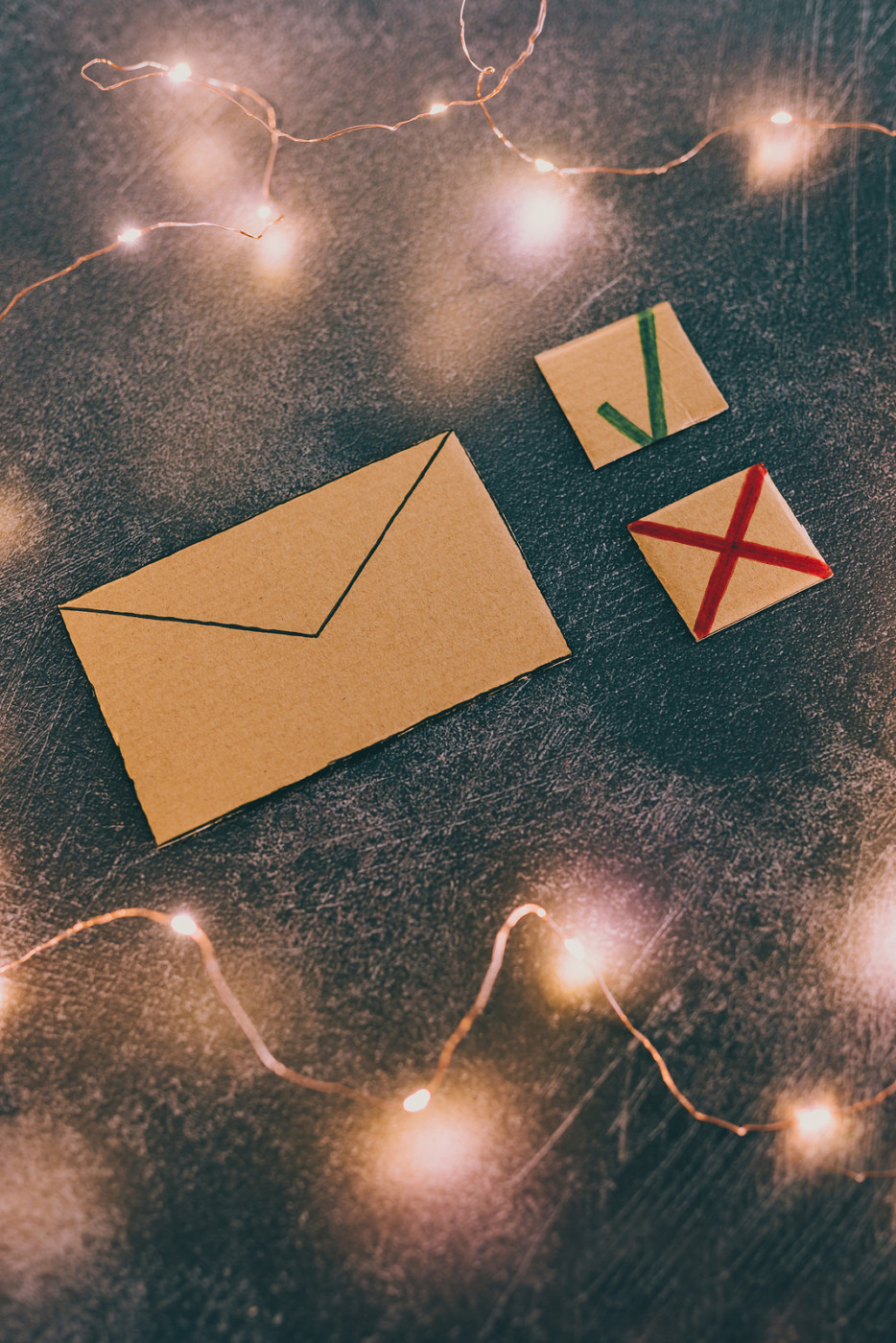How many marketing emails do you get each day? How many do you open? How many do you act upon?
If you’re like most people, the number of marketing emails you receive vs. the number of emails you act uponis vastly different. There are only so many unsolicited “buy this now” and “don’t miss out on this special offer” missives we can take before we throw up our hands, click “delete all” and admire our newly empty inbox.
But what if there was a way to get people excited about your small business’s emails? What if you could create a system that allows you to automatically push out emails based on a potential customer’s actions? What if email marketing became … easy?
Email marketing sequences allow you to send out a series of emails based on either time or triggers by using autoresponders. Essentially, they make emailing “set it and forget it.” Once someone enters the sequence, there’s nothing else for you to do but wait for it to run its course and (hopefully) close the deal.
When Should You Use Email Marketing Sequences?
Email marketing sequences are useful for a number of things. Has a potential customer abandoned their shopping cart? Are you promoting an event? Do you want to bring someone who has ordered from you before back into the fold?
These are just some of the fantastic reasons to use email marketing sequences. Each one will be unique. For instance, a sequence designed to recapture a previous customer will look vastly different than a sequence to recruit people to join your next live webinar. However, once your sequences are set up for each scenario, they can be used again and again.
Be sure you have measurable goals for each sequence. Know from the beginning what the desired end result will be. Do you want them to buy a product or service? Sign up for a free trial? Set up an appointment for a consultation? Your end goal will play a huge part in how you develop your sequences and the call to action you use.
Developing Your Email Copy
We could probably write a book on the type of copy you should use for each sequence you develop. But in the interest of brevity, we’ll just look at one sequence example: One that addresses an abandoned shopping cart.
In this example, our goal is to get the potential customer to come back and buy the product or service they showed interest in. Therefore, our email sequence will go something like this:
- Email #1: Give a gentle reminder. “On June 3, you left (PRODUCT) in your shopping cart. We’re keeping it safe for you! Let us know if you have any questions.” Include a link to their shopping cart to make it easy for them to go back and purchase the item.
- Email #2: Push the issue a bit. “It’s been a while since you added (PRODUCT) to your shopping cart. We think you’ll love this product! Here’s a bit more information.” Include links to online reviews, testimonials, etc.
- Email #3: Offer an incentive. “We’re so sure you’ll love (PRODUCT) that we’d like to offer you a 30% discount. Hurry — this offer expires soon!”
Remember, these emails are triggered automatically based on the timeline you set. You might send one email per day, or one every three days. You might decide that three emails aren’t enough, or that you prefer to offer the incentive in the second email. There’s plenty of room for tweaking things if it’s not working. A simple adjustment is all it takes!
Get Started on Sequencing
Not all emails are created equal. If you’re still sending mass missives to your entire contact list, you’re likely not getting the results you deserve. Email sequences allow you to automate your email marketing campaigns while still giving you plenty of control over who you target and when!
Is your sequence a little screwy? Let Mischa Communications take the reins! We can devise a strategy that works while you sit back and soak up the sales. Get in touch today!
